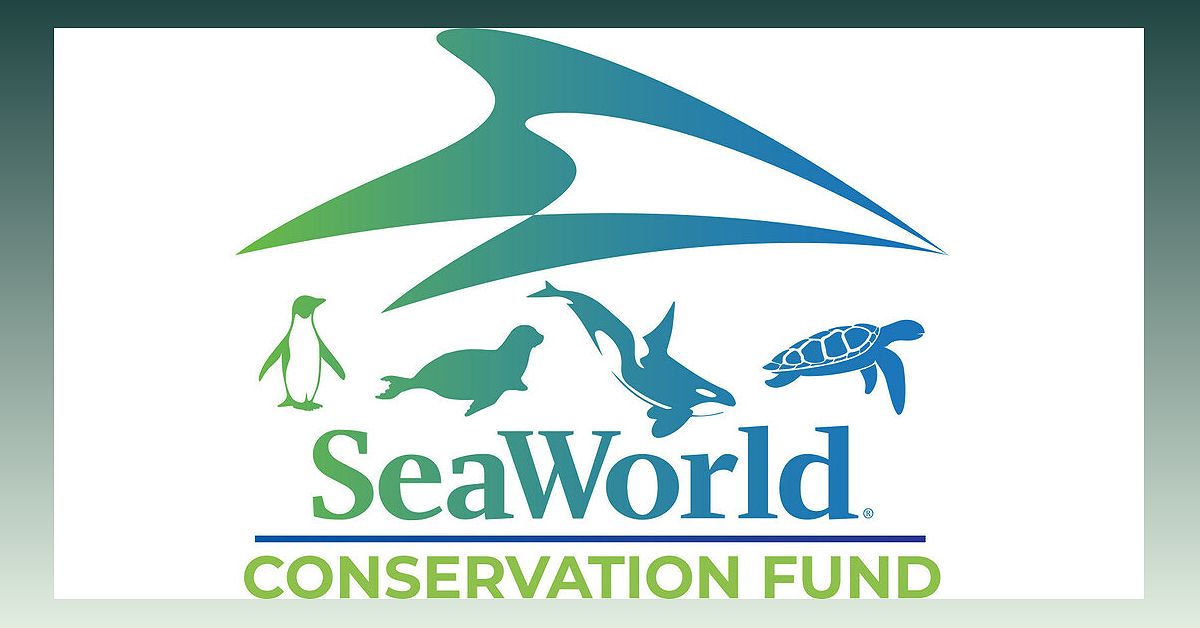The SeaWorld Conservation Fund is proud to announce a significant grant that will expand the capacity for marine animal rescue in the Galápagos Islands. In collaboration with World Vets and the Galápagos National Park, this grant will fund the improvement of infrastructure, the development of additional rescue capabilities, and the study and monitoring of native species. With a focus on priority species such as sea lions, fur seals, dolphins, whales, sea turtles, penguins, marine iguanas, and other wildlife, this project aims to protect and conserve the unique biodiversity of the Galápagos Islands.
Grant to Enhance Marine Animal Rescue Efforts
Learn about the significant grant that will expand marine animal rescue capacity in the Galápagos Islands.
The SeaWorld Conservation Fund has announced a grant of up to $800,000 over three years to help World Vets build the largest capacity for marine animal rescue on San Cristobal Island in the Galápagos. This grant will enable the improvement of infrastructure, the development of additional rescue capabilities, and the study and monitoring of native species.
By focusing on priority species such as sea lions, fur seals, dolphins, whales, sea turtles, penguins, marine iguanas, and other wildlife, this project aims to protect and conserve the unique biodiversity of the Galápagos Islands.
Collaboration with World Vets and Galápagos National Park
Discover how World Vets and the Galápagos National Park are working together to make a difference in marine animal rescue.
The grant provided by the SeaWorld Conservation Fund will support the collaboration between World Vets and the Galápagos National Park. Together, they will enhance facility upgrades, improve data collection and recovery of animals, and document and monitor health trends and disease outbreaks.
This partnership will not only strengthen the capacity for marine animal rescue but also contribute to the overall conservation efforts in the Galápagos Islands, a United Nations World Heritage Site protected by an international convention.
Importance of Marine Animal Rescue for Conservation
Understand why marine animal rescue is crucial for the conservation of marine species.
The SeaWorld Conservation Fund believes that marine animal rescue plays a vital role in the conservation of marine species. By providing support to organizations like World Vets, they aim to protect and preserve the delicate ecosystems and native wildlife of the Galápagos Islands.
Through this grant, the project will not only focus on rescuing and rehabilitating marine animals but also contribute to research, monitoring, and understanding of the health and well-being of these species.
Galápagos Islands: A Unique Biodiversity Hotspot
Explore the rich biodiversity of the Galápagos Islands and the importance of its conservation.
The Galápagos Islands, located on the equator 600 miles off the coast of Ecuador, are known for their unique biodiversity. This archipelago is home to a wide range of species, including Galápagos sea lions, fur seals, dolphins, whales, sea turtles, penguins, marine iguanas, and many others.
With its status as a United Nations World Heritage Site, the Galápagos Islands require special attention and conservation efforts. The grant provided by the SeaWorld Conservation Fund will contribute to the protection of this extraordinary ecosystem and its native wildlife.
Supporting Marine Animal Conservation
Discover how you can contribute to marine animal conservation efforts in the Galápagos Islands.
You can support funding for projects like this by making a donation to the SeaWorld Conservation Fund. Since its inception in 2003, the fund has provided over $20 million in grants to support animal conservation and ecosystem projects worldwide.
By contributing to the SeaWorld Conservation Fund, you are directly supporting the protection and conservation of marine and land-based animal species, including those in the Galápagos Islands.

